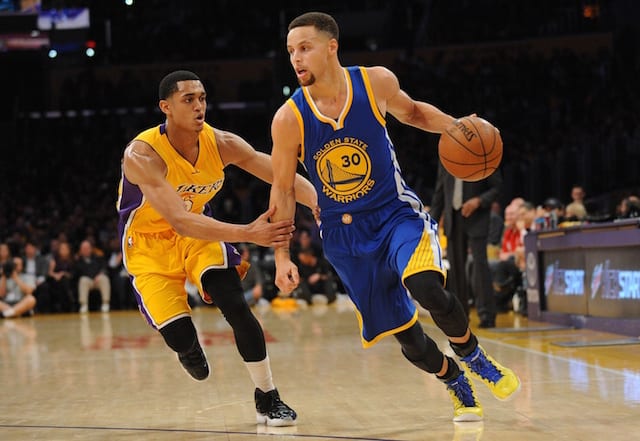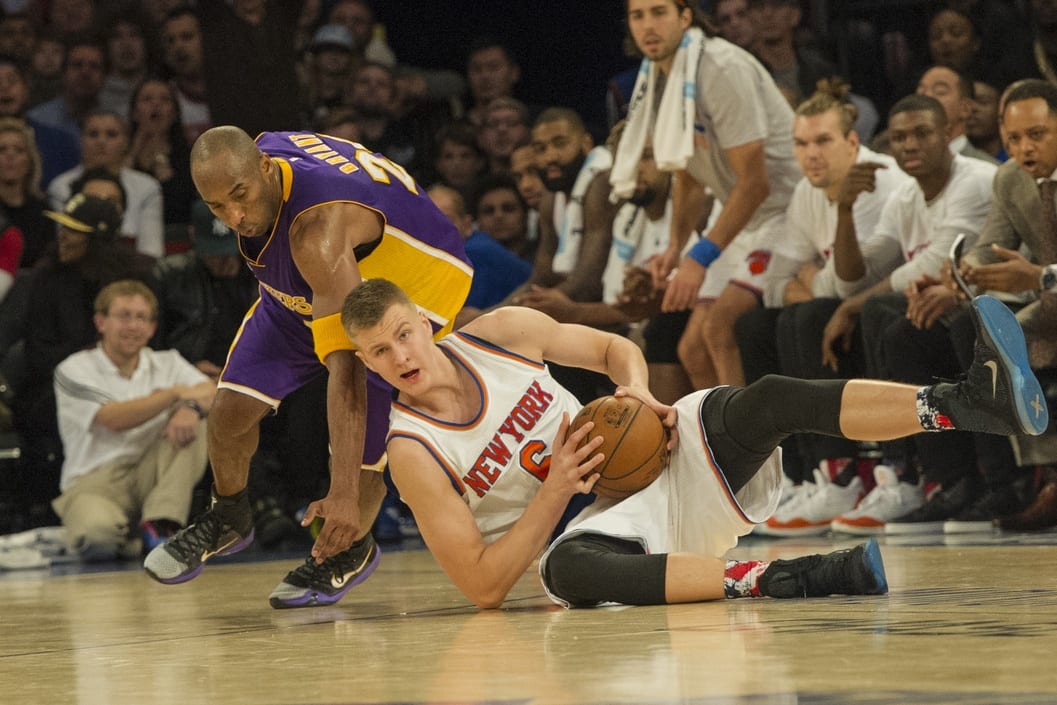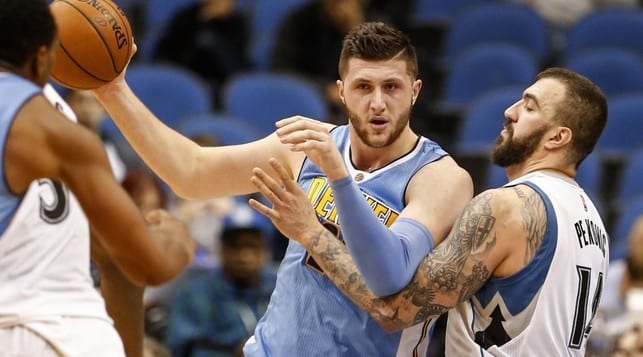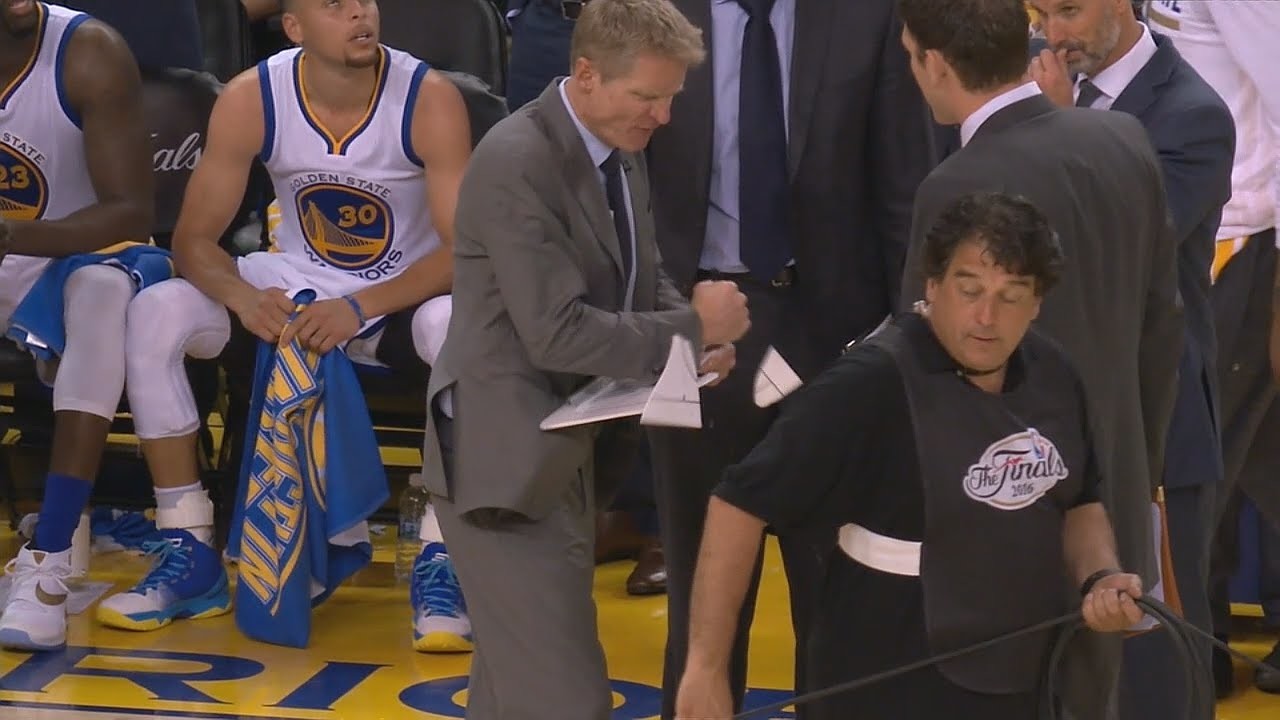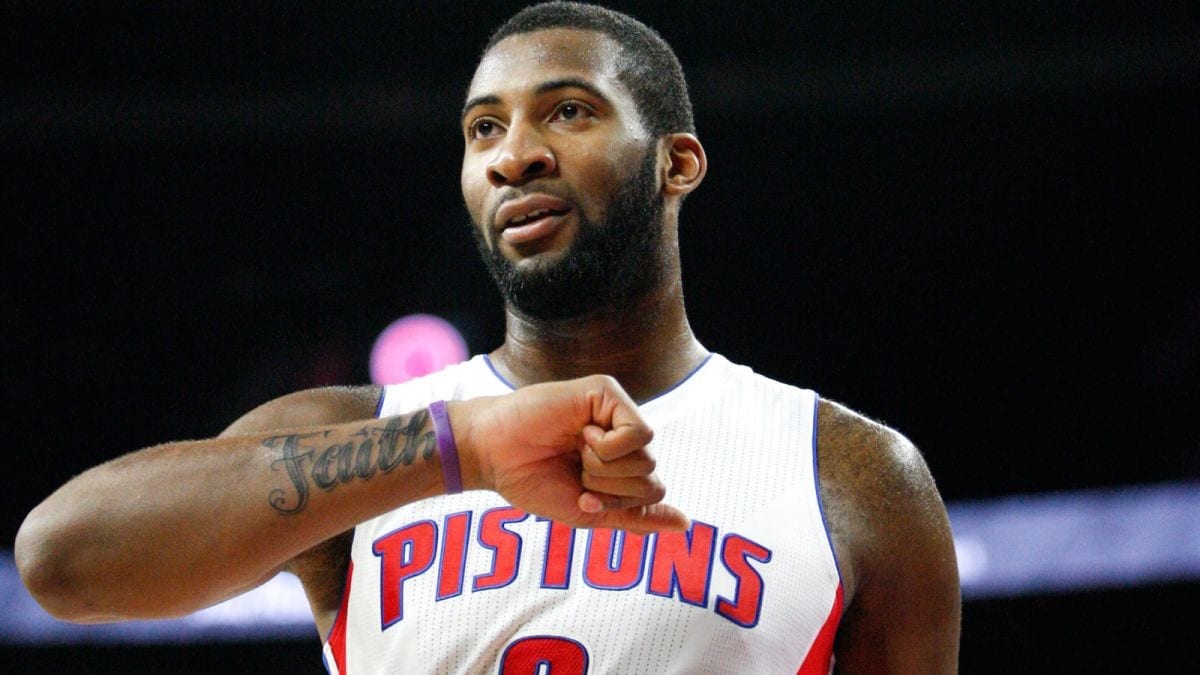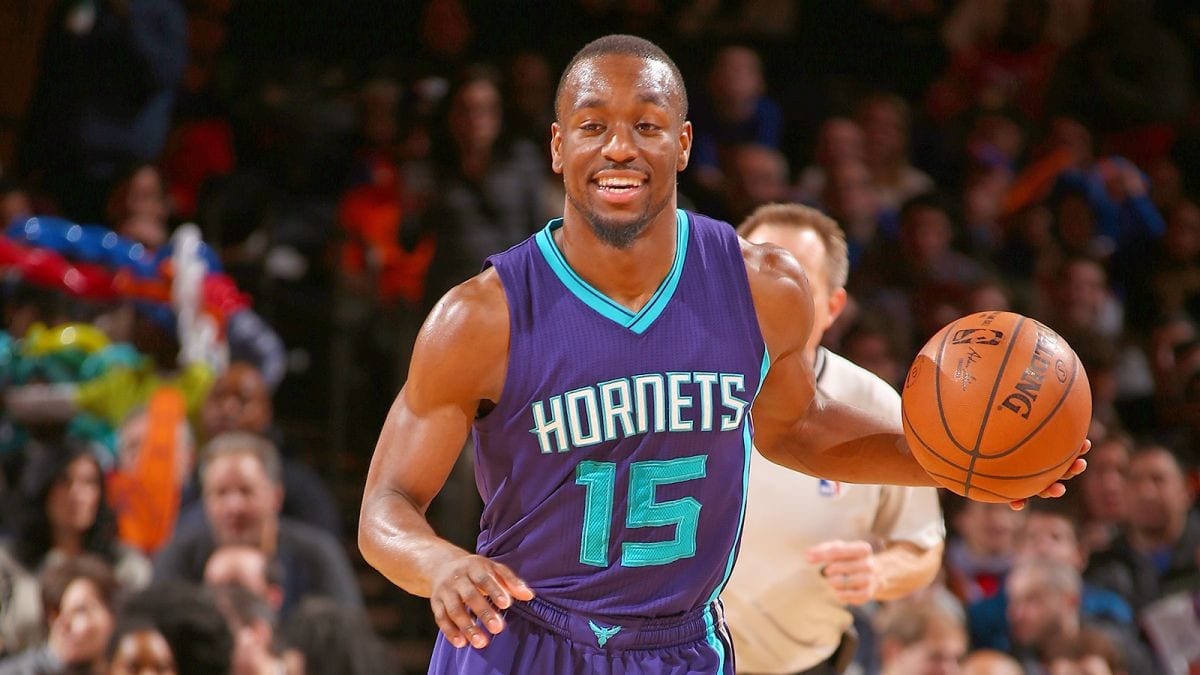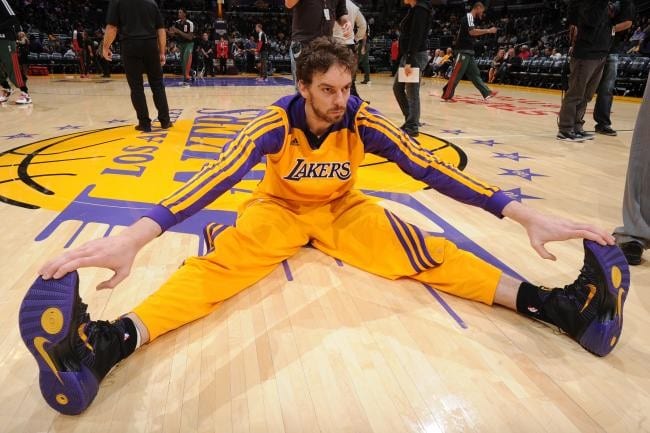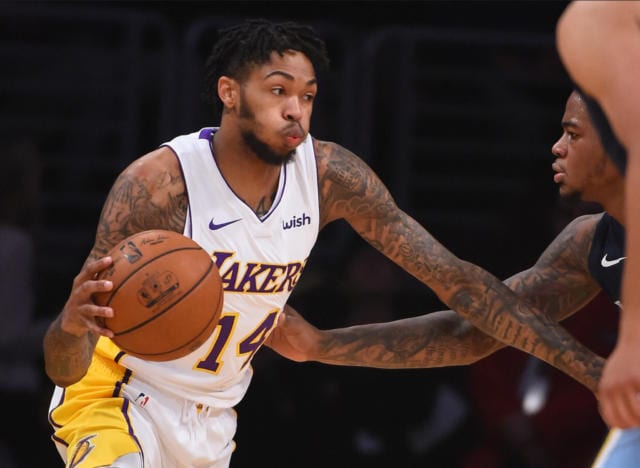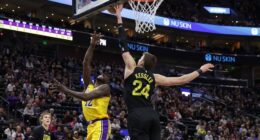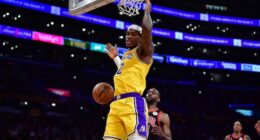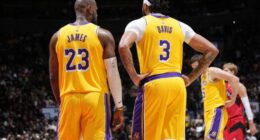October is one of my favorite months of the year, and it has nothing to do with Halloween. It signals the return of NBA basketball, and with it, comes the fantasy basketball season. I’ve played fantasy basketball since 2001 and my first team featured a suddenly unretired Michael Jordan as well as a young Laker named Kobe Bryant. I’ll never forget the feeling of pulling off my first trade, which brought me John Stockton and the assists I needed to take home a championship.
From that point forward, I was hooked, and my enthusiasm hasn’t waned over the years.
By far, one of the most fun parts of the fantasy season is the draft. Regardless of what kind of scoring system you use or what kind of selection system you use, the decisions that you make on draft day will have an enormous impact on the success or failure of your season.
With that in mind, here are five things you need to do before you draft to give yourself the best shot at success.
Know Your Opponents
First and foremost, for a number of reasons, it’s always advantageous to know who you are competing against. If you are drafting in a casual league you may be able to wait a bit to take your sleepers, but that won’t be the case in a draft where everyone is an expert (and these days, with fantasy news sites like Rotoworld out there and every platform publishing rankings early and often, just about anyone can be an expert if they put in the time).
For example, I recently did a draft for a 10-team league with a group of casual players, and I was able to grab one of my sleeper targets, Jusuf Nurkic, in the 11th round. I was thrilled with the value, but this weekend I draft against guys I’ve been competing against for 10 years, so I know in that league I’ll have to pull the trigger on Nurkic at least a couple of rounds earlier if I want to draft him (and I definitely do),
Furthermore, it can help to know your opponent’s preferences. A person I play against regularly is a huge San Antonio Spurs fan, so I know in our auction league I can bid up LaMarcus Aldridge and he’ll bite, burning up a solid chunk of his cash in the process.
It isn’t always possible to know everything about your opponent’s ahead of time, but every little bit helps, even if all you can find out is their level of experience.
Create Your Strategy
Going into the draft, you should have a good idea of what kind of team you want to build. There are tons of different viable team-building strategies you can use depending on the scoring system used by your league. Some people use a punting strategy and ignore a category completely, with the most common category to punt being free throw percentage. Others employ the classic “point guards and power forwards” approach, which is somewhat similar to the one I use. Some fantasy competitors only draft younger players, fearing injury or rest issues with the player in March and April, when head-to-head leagues are having their playoffs.
The bottom line is that, regardless of which strategy you use, you need to have some kind of a plan. It almost certainly won’t work out exactly like you want it to, after all, that’s part of the fun of the draft, but drafting randomly with no method to the madness is a recipe for disaster.
Select Your Targets
Everyone has favorites that they love to draft as well as those they refuse to. My pet peeve is poor free throw shooting, so if DeAndre Jordan is on the board and it’s the 90th pick, I’m still not taking him. Conversely, I’ll draft Danilo Gallinari all day long even though a lot of people steer clear because of his injury history. You have to know which players you are comfortable taking risks on.
Your reasoning for believing in a player will probably come down to a variety of reasons. Maybe it has to do with that team’s roster construction, maybe it’s a gut feeling, or maybe you heard a tip from a guy who knows a guy that Andre Drummond transitioned to the Rick Barry underhand free throw and now hits 80 percent from the line (which would be awesome).
It could even be that you simply draft guys you enjoy watching play the game. Regardless of the reason, know who the guys you absolutely want and don’t want to draft are and be prepared to pull the trigger early to get them. It’s a great feeling when the guy you targeted blows up and leads you to victory, but it’s equally frustrating when he does that for another team because you didn’t select him early enough.
Identify Scarcity
Scarcity makes a huge difference in drafts. You don’t want to be the guy sitting without a point guard when the fifth round rolls around and suddenly everyone good is off the board, and you are left trying to talk yourself into Derrick Rose (he has to have a healthy season sooner or later, right???)
A good way to do this is by making tiers. Get a piece of paper, section it off by the five positions on the floor, and start ranking the top players in each. Rankings will vary depending on your scoring system, but once you have enough players ranked (I usually do 20 more total than there are roster spots in my league), then start grouping them.
For example, I consider Stephen Curry and Russell Westbrook to be the top two fantasy point guards in the league, so they get Tier 1. After that, Chris Paul isn’t quite in Westbrook or Curry’s rarefied air, but he’s better than the next bunch, so he gets his own Tier. Then, John Wall, Kyle Lowry, Kyrie Irving, Kemba Walker, Eric Bledsoe, and Isaiah Thomas all get lumped together into Tier 3, because they all have a ceiling of producing at the level of a late first or early second rounder and probably have a floor of fourth-round production.
Grouping like players will help us identify areas where there is little depth in the league, and it changes from season to season, so it’s a good thing to practice.
Once you have your Tiers made up, take a look and compare them to the Average Draft Position (ADP) and mock drafts on the site you use. This will allow you to identify where players are typically going, which will help you create a draft strategy. For example, I know that the likelihood of getting a Tier 1, 2, or 3 point guard after the third round is slim and the ones available after that all have question marks, so if I’m not willing to take a big risk at the point guard position I need to make sure I use at least one of my first three picks on one.
Doing this can help avoid panic reaching, which is when you draft a guy a few rounds too early simply because he fills a positional need. Panic reaching sucks value out of your picks, so take the time to identify scarcity and make sure you don’t end up being the person selecting someone too early just to fill a roster hole.
Be Flexible
So you know your opponents, you’ve created a strategy, identified your targets, and your Tiers are rock solid. You’ve played the draft out in your mind a thousand times, and it’s all going to go perfectly, with each player falling right into your lap.
The only problem is, this basically never happens. For all the planning you do, there is always an element of unpredictability to any draft. The guy you really needed gets taken one pick before you, and now you are on the clock, do you panic reach for the next guy available at that position? Or just select the next best player on your draft list? What if Nikola Jokic slides to you in the 5th round, but you had planned to take D’Angelo Russell there. Do you take Jokic because the value is good and hope to get a shooting guard later or pass and stick to your plan?
Those are the kinds of decisions that have to be made in the moment. When drafting, it’s important to remain flexible so you can adjust your strategy on the fly. If someone slides and your league is active with trades, it’s easier to make a move to fill needs post-draft, but if not you may have to focus on creating a well-rounded team in the draft, even if it means letting a great bargain slip by. Either way, have a flexible mindset, so you at least consider the option, or you can quickly move on to a new target if your guy gets swiped right before your turn.
The best advice I can give to create flexibility is to do your homework. Have your rankings set ahead of time, that way you can make an informed decision on the spot, even if you have to pivot to a new target on the fly. It’s no fun frantically digging through stats trying to decide between two players while the clock is ticking. Know your stuff ahead of time; it makes for a much more enjoyable draft.
When all else fails, go with your gut, and then adjust your strategy for the rest of the draft accordingly. I can’t understate how important it is to be able to do this, so do some practice mock drafts ahead of time to get yourself used to making tough calls on the fly.
Oh, and draft in-person with friends whenever you can. It’s just more fun that way.
Drafting can take a lot of prep work, but it pays off when you get to guide the team you picked to the league championship.
